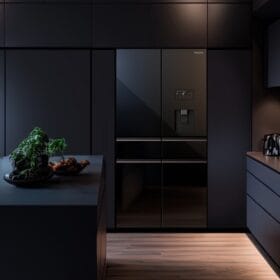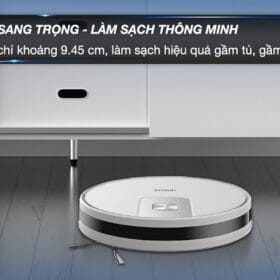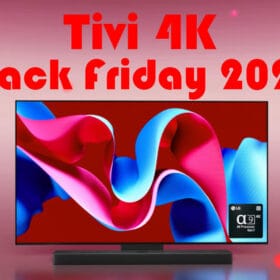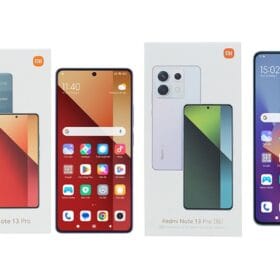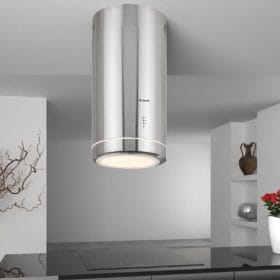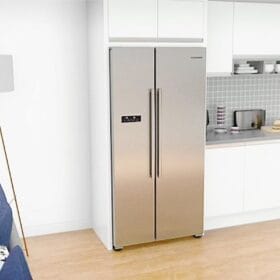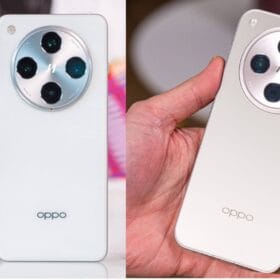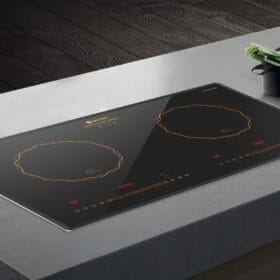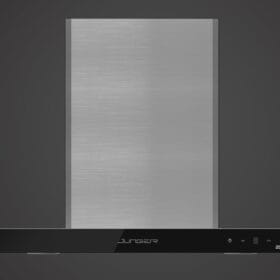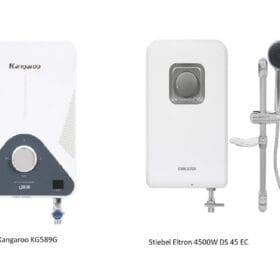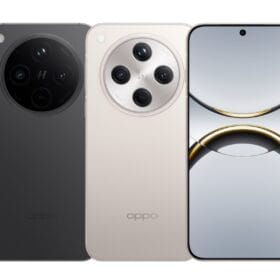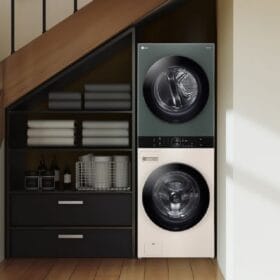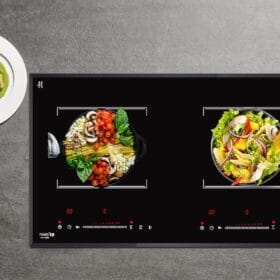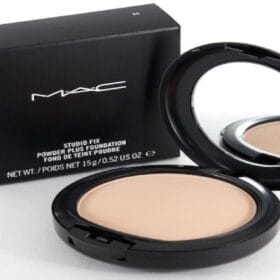Samsung 65S95D is the latest product in Samsung’s high-end 4K OLED TV line, designed to replace the 65S95C model already on the market. Although the 65S95C continues to be sold side-by-side, the 65S95D offers notable improvements in visibility and design.
1. Compare display quality: Samsung 65S95D is completely superior!
Both the 65-inch Samsung 65S95D and 65S95C TV models use OLED panels with Quantum Dot technology, allowing them to achieve pixel-level contrast control and a wide color range. Both devices also offer excellent viewing angles, allowing you to sit in an off-center position without sacrificing image quality while watching movies and TV shows.
1.1. Higher maximum brightness
Although the Samsung 4K 65S95D and 65S95C TVs are equal in most aspects of picture quality, the 65S95D has a significant advantage over its predecessor in maximum brightness. In fact, the 65S95D is one of the brightest OLED TVs on the market in 2024. Although it can only achieve 1,700 nits for a short period of time before having to reduce brightness significantly, this still brings benefits significant benefit.

First, higher brightness gives users more adjustment range to enhance screen brightness, helping to better deal with glare problems in well-lit rooms. Second, HDR playback is better, allowing peak highlights to be displayed in detail and with better image intensity than the Samsung 65S95C 4K TV.
In short, despite the limitation in maintaining maximum brightness, the 65S95D still outperforms the 65S95C in its ability to display more vivid and clearer HDR images.
1.2. Excellent reflection handling
The biggest difference between the Samsung 65-inch TV 65S95D and 65S95C lies in how each model handles the reflection issue. The 65S95C uses a glass screen, while the 65S95D is equipped with a matte coating.
Glass screens often cause significant reflections depending on the location of windows and lights in the room. Although the 65S95C’s anti-reflective filter is quite effective, glare problems can still occur in some cases.
In contrast, the 65S95D’s matte coating almost completely eliminates reflections and glare. This is a significant improvement, especially if you often encounter room lighting problems.
However, this matte coating also has a downside: it reduces the quality of black colors, making them look a bit gray and gloomy in strong lighting conditions. So users need to consider whether reflection handling or black quality is their main priority.
2. Compare design and features between Samsung 65S95D and 65S95C
In terms of design, both of these Samsung 4K TV models have similar appearances, with a thin design of about 1.1cm and using a separate connection box instead of placing connection ports directly on the back. This helps hide messy cables.
The metal stand also has a similar design with a sturdy base. However, a notable change is that the 65S95D has updated the user interface on the Tizen platform, optimizing the layout and some display components compared to the 65S95C.

A notable difference between these two models is that the 65S95D no longer integrates the ATSC 1.0 standard like the 65S95C, instead it has the ATSC 3.0 standard, a newer digital broadcasting standard that provides high image quality. Better picture and sound for television and news content.
However, in reality, for most users this change does not have a big impact. Most users today watch TV through cable TV services, satellite TV, or online platforms, rarely using digital antennas. Therefore, this is not a very effective improvement on the Samsung 4K 65S95D TV.
3. Smart operating system and features
The smart operating system on Samsung 65S95D is also slightly updated compared to Samsung 65S95C. The user interface of Tizen OS has been refined, with some changes to the layout and display elements. However, essentially, the features and capabilities remain similar.

Users can still access popular applications, voice control, connect to other smart devices… Improvements mainly focus on improving the user experience through a redesigned interface. optimization.
4. Price of 4K TV Samsung 65S95D and 65S95C
In terms of price, the 65S95D is priced significantly higher than the 65S95C. However, this is reasonable considering the significant improvements it brings, especially reflection handling and higher peak brightness.
Currently, the Samsung 65S95C 4K OLED TV is priced at about 33 million VND, while the Samsung 65S95D is 45.9 million VND, a difference of more than 12 million VND. This makes the 65S95C a more ‘delicious and cheap’ choice for those who do not value the upgraded features on the 65S95D too much.
However, it should be noted that the Samsung 65S95C is now discontinued, and it will become increasingly harder to buy as inventory on the market gradually dries up. So, if you want to own this 65-inch Samsung TV, it’s best to act soon before it completely disappears from the market.
5. Conclusion
Above are the differences between two Samsung 4K OLED TV models, 65S95D and 65S95C. Both are premium products with their own advantages and disadvantages. The Samsung 65S95D offers significant improvements in peak brightness and reflection handling, but also costs more. Meanwhile, Samsung 65S95C is still a more affordable choice for those who are not too interested in these upgrades.
The final decision will depend on each user’s needs and priorities. If you often have problems with room lighting and need a brighter OLED TV, the 65S95D will be a worthy choice. If budget is an important factor, the 65S95C is still a great choice with a more reasonable price.
























